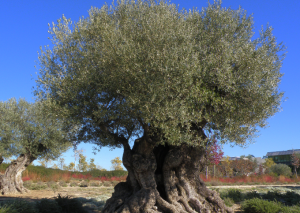
A high coverage, high quality genome sequence of the butterfly Bicyclus anynana is published today in GigaScience . B. anynana , the squinting bush brown, is a fascinating model species that can modify its morphology in response to environmental clues.








